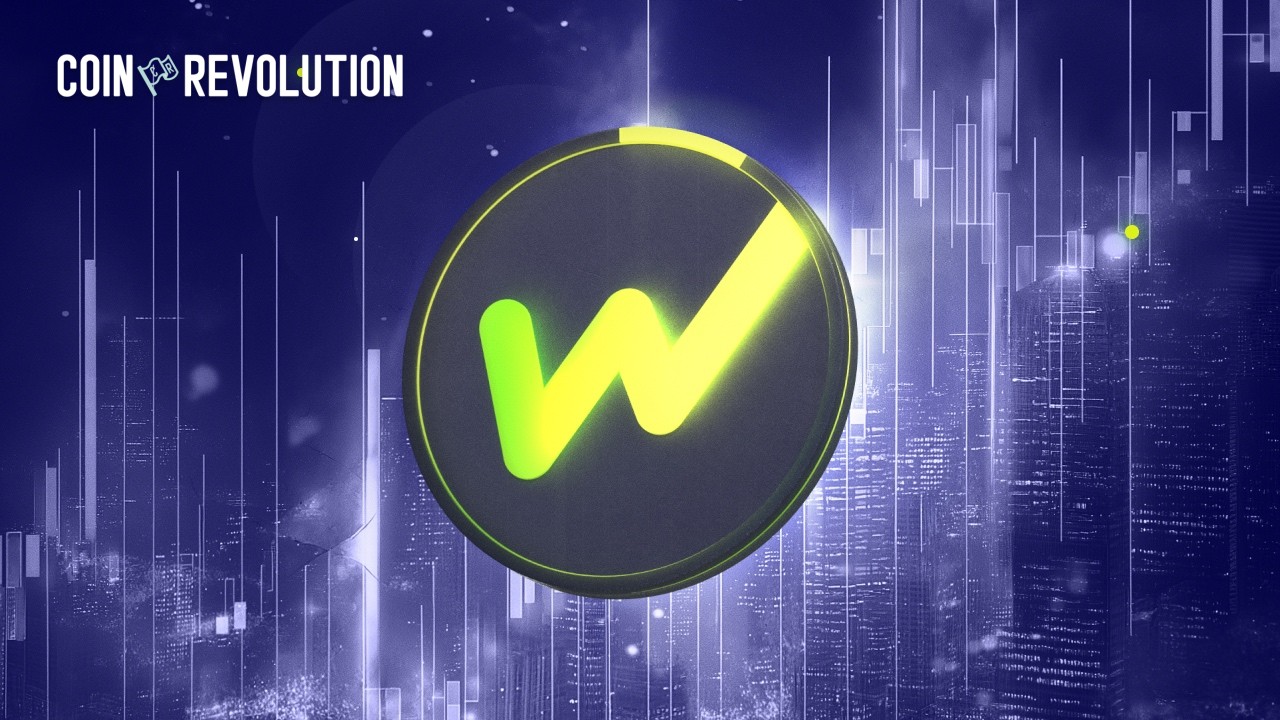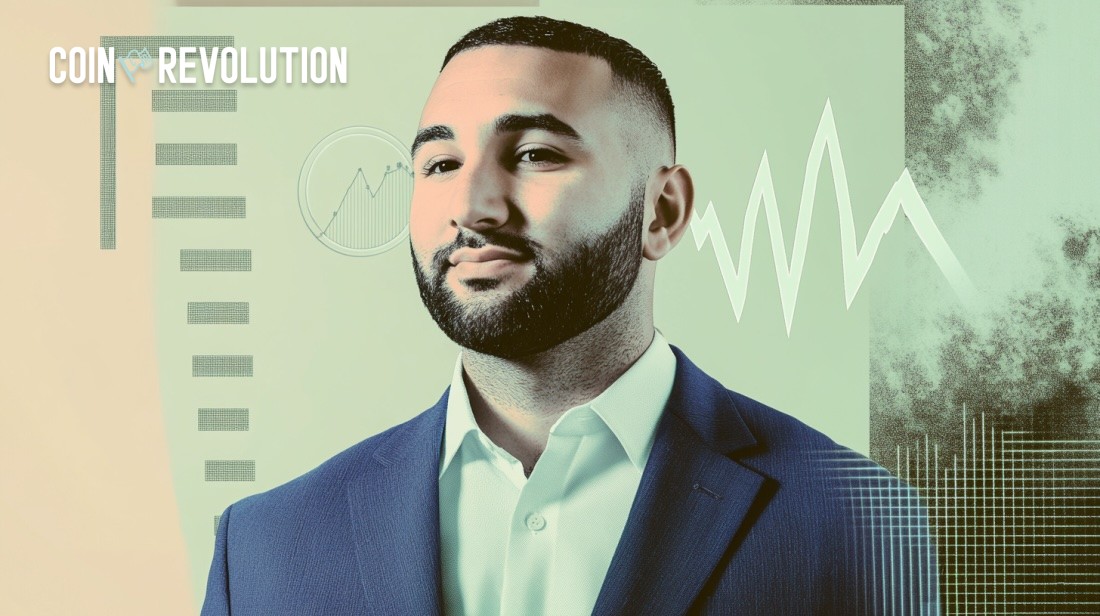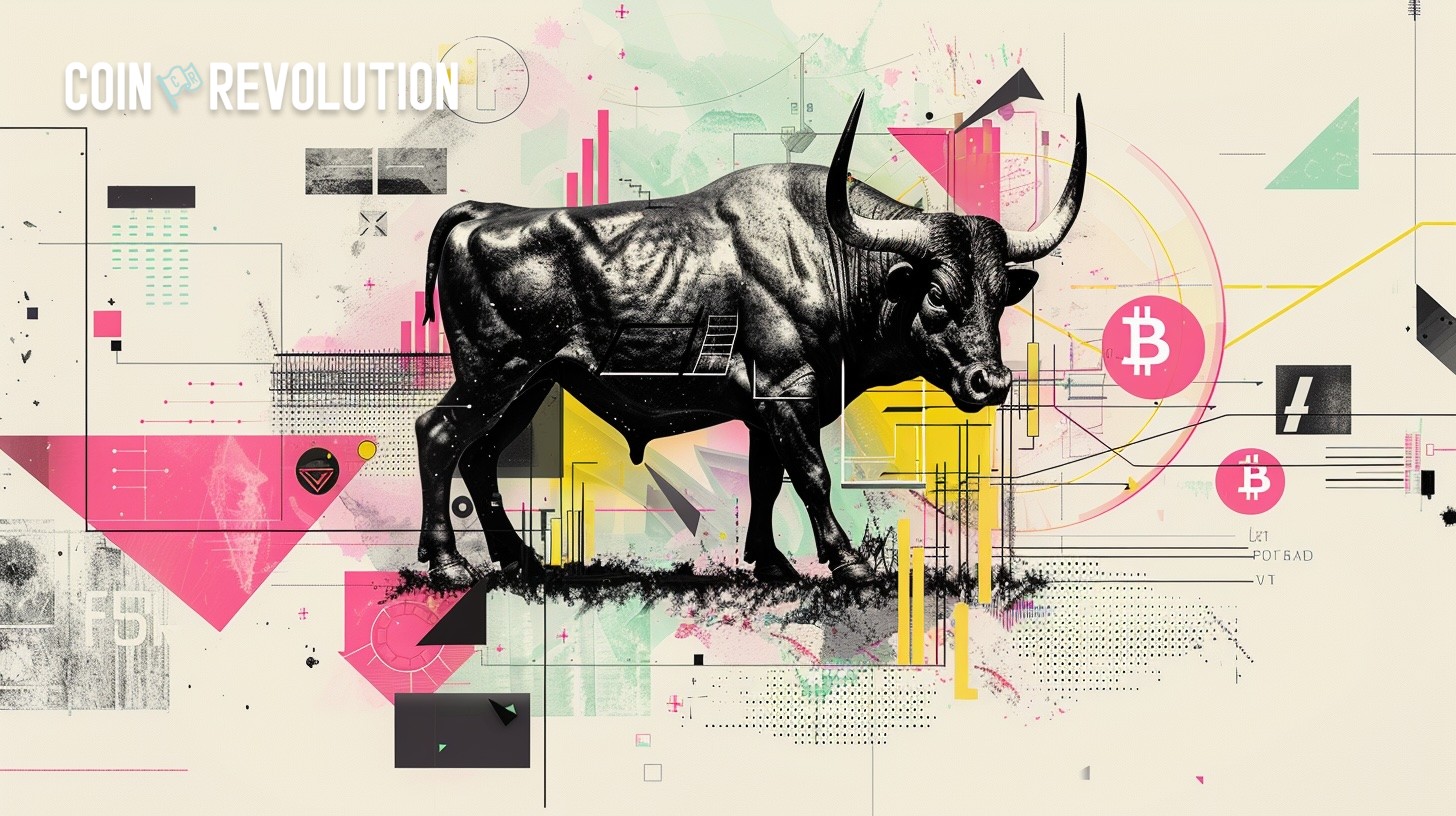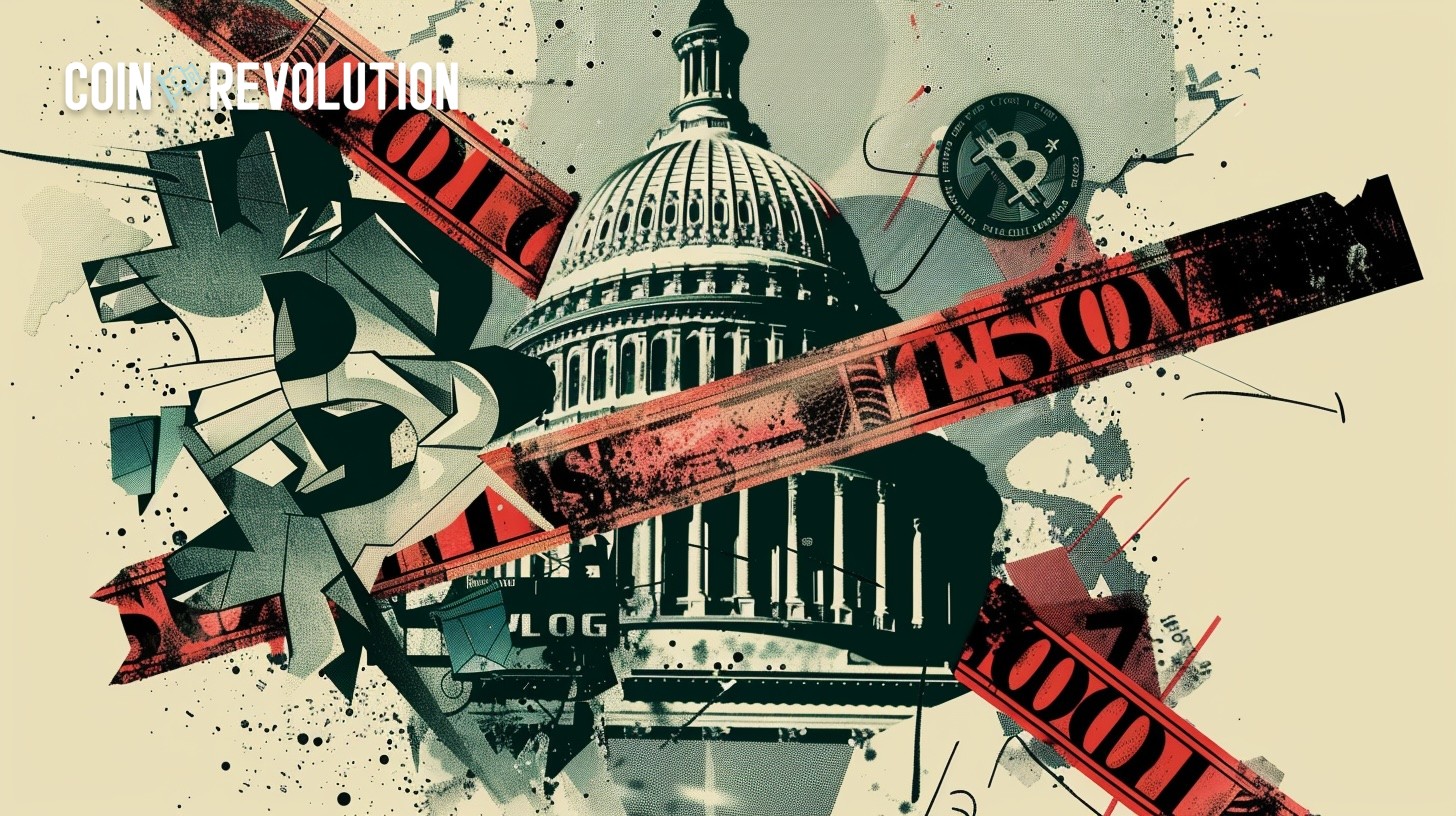What Can I Buy With Bitcoin
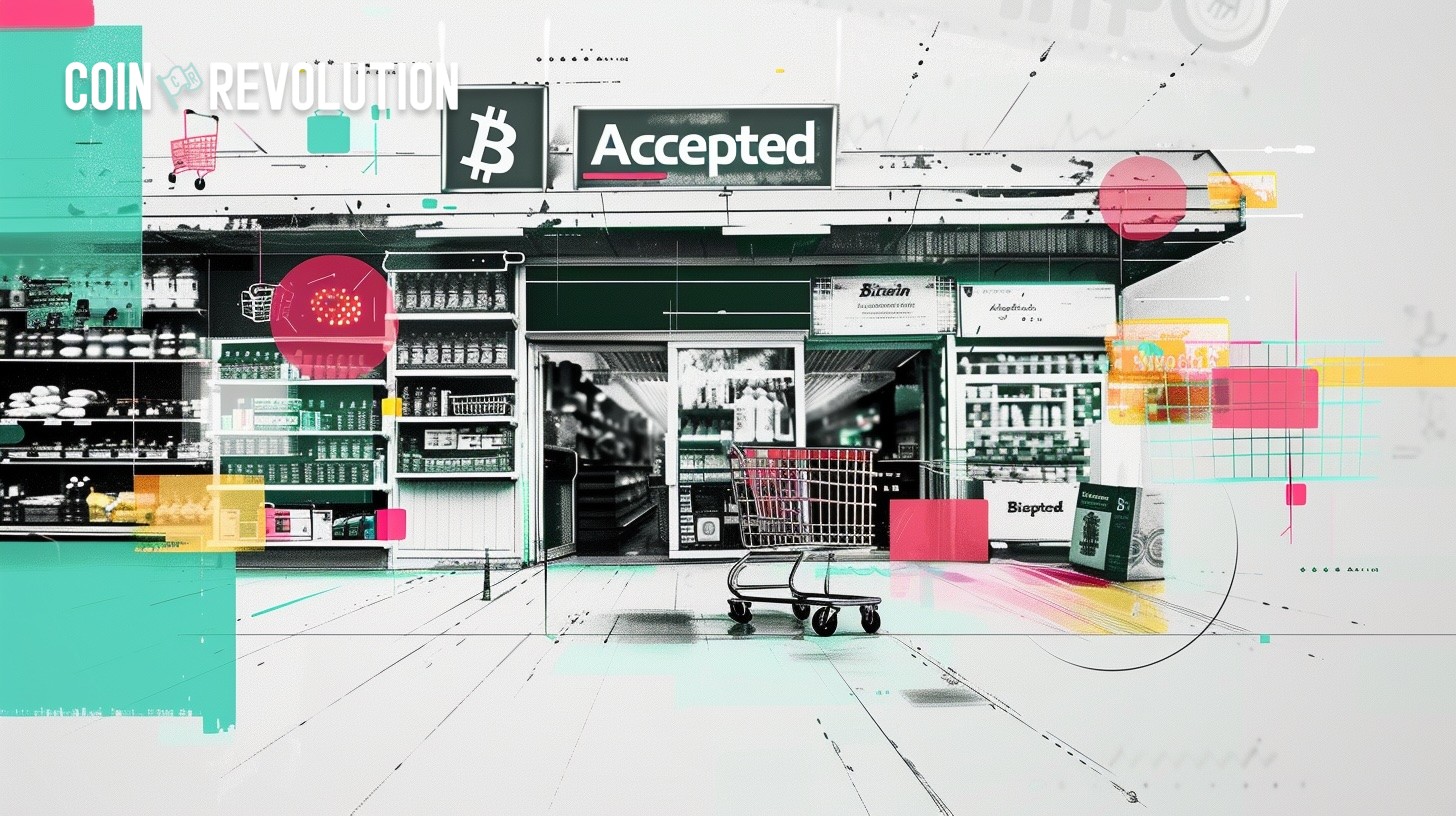
Flights, fashion, laptops, even luxury villas – Bitcoin spending is going mainstream. Here’s what you can buy with crypto in 2025, online and in real life.
On this page
Is Bitcoin a Real Form of Money?
Ask ten people if Bitcoin is “real money,” and you’ll get ten wildly different answers – from “absolutely, it’s the future of finance” to “it’s just digital air.” But let’s cut through the noise.
To call something money, it generally needs to tick three boxes: medium of exchange, store of value, and unit of account. So how does Bitcoin measure up?
First, medium of exchange. You can already pay with Bitcoin in more places than you’d expect – from major brands like Microsoft and Gucci to boutique hotels and indie coffee shops. And no, you don’t need to be a crypto wizard. Payment apps and processors do the behind-the-scenes magic, converting your satoshis to fiat instantly if needed. The Lightning Network – a kind of turbo booster for Bitcoin payments – has made it even faster and cheaper to spend. So yes, Bitcoin can absolutely be used to buy things. It’s just not always the smoothest ride – yet.
Now, a store of value. This is where Bitcoin shines for many. It’s scarce by design (there’ll only ever be 21 million of them), resistant to censorship, and isn’t tied to any one government. In a world where inflation quietly eats your savings, Bitcoin feels like a digital fortress. Of course, price swings can be stomach-churning – but if you zoom out, its long-term trajectory has caught the attention of institutional investors and even countries. It’s being treated more and more like “digital gold.”
And finally, unit of account – the part where Bitcoin still lags. Most of us think in dollars or euros, not satoshis. Prices at checkout are still listed in fiat. But in hyperinflated economies like Venezuela or parts of Sub-Saharan Africa, Bitcoin is slowly stepping in as a mental pricing tool. It’s not mainstream here yet, but it’s starting to show up on the radar.
Legally? Bitcoin’s status depends on your ZIP code. Japan treats it as legal tender. The U.S. sees it as property. The EU calls it private money. Regulation is catching up, and with Bitcoin ETFs and custody rules on the rise, it’s edging ever closer to “normal.”
So – is Bitcoin real money? Maybe not in the traditional sense. But if money is about trust, usability, and independence, Bitcoin’s already walking the walk. It might not replace your wallet today, but it’s definitely earned a seat at the table.
Things You Can Purchase with Bitcoin
Once upon a time, Bitcoin was the weird flex in your crypto wallet. Now? It’s your shopping buddy.
So, what can you buy with cryptocurrency today? Short answer: more than you think.
From your weekly grocery run to a luxury penthouse in Dubai, Bitcoin has leveled up its buying power. You can now pay for clothes, electronics, books, and even your favorite VPN – all without ever swiping a card. Want to top up your caffeine addiction? There are cafes and food trucks around the world slinging espresso in exchange for sats.
What can I buy with Bitcoin if I’m living that digital nomad life? Flights, hotels, and entire vacation packages are all fair game. More and more travel agencies, airlines, and booking platforms are embracing BTC – because why not pay for your escape in crypto?
Then there’s the flex lane. You can buy a Rolex, a Tesla, or even fine art with Bitcoin. Some real estate developers will hand you keys to a beachside villa – no bank, no paperwork, just a wallet address.
Even gift cards are in play. Whether you’re stacking Amazon credits or surprising someone with digital cash, BTC makes it easy to skip the middleman.
And the list doesn’t stop there.
Need medical care? Clinics in various countries now accept Bitcoin for everything from routine check-ups to specialized treatments.
Looking to upskill? Several online universities, coding bootcamps, and learning platforms now let you pay tuition in crypto. It’s education, decentralized.
Gamers and metaverse explorers rejoice: you can use Bitcoin to buy in-game currency, digital collectibles, and even virtual land in platforms like Decentraland or The Sandbox.
And if your travel taste runs a little luxe – think private jets, yacht charters, and curated getaways – there are concierge agencies ready to take your BTC.
In some countries, you can even pay for your phone bill or utilities using crypto, thanks to third-party bill pay services.
And let’s not forget giving back: major nonprofits like Save the Children and the Red Cross accept Bitcoin donations, proving that even generosity is going peer-to-peer.
It’s not universal (yet), but the trend is clear: the line between crypto and commerce is disappearing fast. Bitcoin isn’t just digital gold anymore. It’s buying lunch. It’s paying rent. It’s funding your life and your legacy.
And in this economy, that kind of freedom is the ultimate luxury.
Where Can I Spend My Bitcoin?
It’s one thing to buy Bitcoin. It’s another to spend it. So – what can you buy with bitcoins, and where are people actually using it?
Let’s start with your screen. If you’ve got BTC in your wallet, you can use it across a growing number of online platforms. Retailers on Shopify increasingly accept Bitcoin through integrations like BitPay and Coinbase Commerce. Newegg, Namecheap, and Overstock have long let you pay with crypto. Even PayPal now lets U.S. users convert their BTC at checkout, unlocking access to millions of merchants.
But what can you use Bitcoin for beyond the digital shopping cart? Turns out, quite a lot. Subscription services like NordVPN, secure email providers, and even Microsoft’s digital store let you top up accounts with BTC. Need to pay for a domain, a server, or a private cloud? That’s crypto-friendly territory too.
Frequent flyer? You can book hotels and flights on Travala, CheapAir, and a growing number of boutique travel agencies. Luxury travelers can even rent yachts or book private jets with BTC via concierge platforms like TravelforCoins.
Now let’s talk about the real world. Through partnerships with crypto payment processors like Flexa and Strike, brands like Starbucks, Whole Foods, and Home Depot are experimenting with Bitcoin checkout at select locations. In El Salvador, you can literally buy groceries, gas, or even pay taxes with BTC. Argentina, Nigeria, and Lebanon are also seeing grassroots adoption – not out of trendiness, but necessity.
Meanwhile, thousands of small businesses – from Lisbon cafés to Tokyo barbershops – take BTC via QR code and wallet scan. In some neighborhoods, Bitcoin signs are as common as Visa stickers.
And what can I buy with Bitcoin online that isn’t just stuff? Education. Courses, bootcamps, and DAO memberships now accept BTC – especially in the Web3 space. Freelancers can use platforms like Bitwage, LaborX, and Braintrust to get paid or hire talent in crypto.
The gig economy is catching up. So is content creation: donation platforms like Geyser Fund and TallyCoin let you fund indie media and creators directly with sats.
And the trend line? It’s bullish. The Lightning Network is making Bitcoin faster and cheaper to spend, even for small purchases. Wallets are becoming POS-friendly. And cultural acceptance is growing beyond crypto Twitter.
So, what can I buy with Bitcoin online? From groceries to gated content, pretty much everything – if you know where to look.

How to Make Payments Using Bitcoin
So, you’ve got some BTC in your wallet – now what? What can you purchase with Bitcoin, and more importantly, how do you actually do it? Don’t worry. Spending Bitcoin isn’t a secret ritual – it’s just a new kind of checkout flow.
Step one: get a wallet. Think of it as your crypto Venmo – but without the bank. You’ve got options: custodial wallets like Coinbase or Exodus (easy but centralized), or self-custody apps like BlueWallet, Muun, or a hardware wallet if you’re serious about sovereignty. Some even support both Bitcoin and Lightning, auto-routing your payments for speed and low fees.
Step two: initiate the payment. Whether you’re buying espresso in El Salvador or a flight on Travala, the merchant gives you a BTC address – either a long string or, more often, a QR code. Your wallet scans, you type in the amount, tap send – and just like that, it’s on the blockchain.
Behind the scenes? Your wallet signs the transaction and broadcasts it to the network. For regular Bitcoin payments (on-chain), you might wait a few minutes for confirmation – especially if it’s a big-ticket item. But many day-to-day merchants accept “zero-confirmation” payments – coffee-to-go speed.
Need it faster? Enter the Lightning Network. It’s Bitcoin’s fast lane: payments settle in seconds with virtually no fees. Perfect for tipping your barber, buying tacos, or topping up your mobile plan. No waiting, no drama. Some wallets (like Phoenix or Breez) make it seamless – you won’t even notice it’s Lightning.
What can you purchase with Bitcoin using these methods? Pretty much anything: drinks, downloads, devices. And now that payment processors like BTCPay Server and Strike are becoming more popular with merchants, the line between crypto checkout and fiat checkout is vanishing.
On a desktop? You can still pay. Copy the wallet address, paste it into your wallet app, double-check everything, and click send. Bonus tip: for larger sums, start with a small test transaction – crypto doesn’t do refunds.
Pro tip: Always double-check the amount, the address, and whether you’re sending on-chain or via Lightning. A few seconds of caution beats a lifetime of regret.
Bottom line? Bitcoin payments aren’t hard – they’re just different. No middlemen. No borders. No forced identity checks. Just you, your wallet, and the network. And whether you’re paying rent or buying ramen, that kind of freedom is different.
Converting Bitcoin into Traditional Money
You’ve held your Bitcoin. And watched it ride the waves. Maybe you even bought coffee with it once. But let’s say now you want something a little more… traditional. Dollars. Euros. Rent money. So how do you convert Bitcoin to cash?
Here’s your modern-day crypto cash-out guide – no suit required.
1. Centralized exchanges (aka the usual suspects)
Think Coinbase, Binance, Kraken. These platforms make it dead simple: connect your bank, hit “sell,” and voilà – your BTC becomes spendable fiat. Want it fast? Use market orders. Want more control? Limit orders are your friend.
Pro tip: In some regions, you can also convert to stablecoins (like USDC) and off-ramp later, which sometimes saves on fees or timing. Just know – KYC is mandatory, fees hover around 1–2%, and depending on your bank, withdrawals can take 1–3 business days.
2. Peer-to-peer (P2P) platforms
Want more privacy or flexibility? Try Paxful, Bisq, or Binance P2P. You’re dealing directly with other humans, setting your own price, and choosing how to get paid – cash, PayPal, mobile wallets, gift cards, or even bartering if that’s your thing.
The upside? No centralized gatekeepers. The downside? You’ll need to vet your buyers, watch for scams, and use escrow religiously. Ratings, reviews, and a dash of street smarts go a long way.
3. Bitcoin ATMs (yes, still a thing)
In a rush? Find a Bitcoin ATM, scan your wallet, and get fiat on the spot. They’re scattered across most big cities – from LA to Berlin to Buenos Aires. But convenience has a price: fees often range from 5–10%, daily limits are low, and some machines ask for ID. Still, for quick local conversions, they get the job done.
4. Crypto debit cards
Want to spend your BTC like it’s just another Visa card? Enter BitPay, Crypto.com, and similar services. These cards auto-convert your Bitcoin at the moment of purchase – online, offline, globally. No cash-out needed.
It’s slick, fast, and perfect for everyday life – though you’ll want to watch for monthly fees, FX rates, and regional limitations.
5. OTC desks for big moves
Selling $10K+ worth of Bitcoin? Over-the-counter (OTC) desks are the discreet lane. These services match large buyers and sellers directly, avoiding order book slippage and offering personal service – sometimes even via Telegram. Think institutional-level swaps, but increasingly accessible to HNW individuals.
And what about regulation?
This isn’t the Wild West anymore. Most governments see Bitcoin as property, not currency – which means capital gains taxes when you sell.
The rules differ: in the U.S., the IRS wants your Form 8949; in the EU, rules are tightening under MiCA. Some banks even flag or block transfers from crypto exchanges. Moral of the story? Keep clean records. Tools like CoinTracker or Koinly help – and if you’re going big, a quick consult with a tax pro is worth it.
Converting Bitcoin into fiat isn’t rocket science. But doing it well – with the right tools, timing, and tax hygiene – that’s the grown-up version of crypto. It’s not just about selling your sats. It’s about owning the exit.
The information published on CoinRevolution is intended solely for general knowledge and should not be considered financial advice.
While we aim to keep our content accurate and current, we make no warranties regarding its completeness, reliability, or precision. CoinRevolution bears no responsibility for any losses, errors, or decisions made based on the material provided. Always do your own research before making financial choices, and consult with a qualified professional. For more details, refer to our Terms of Use, Privacy Policy, and Disclaimers.

